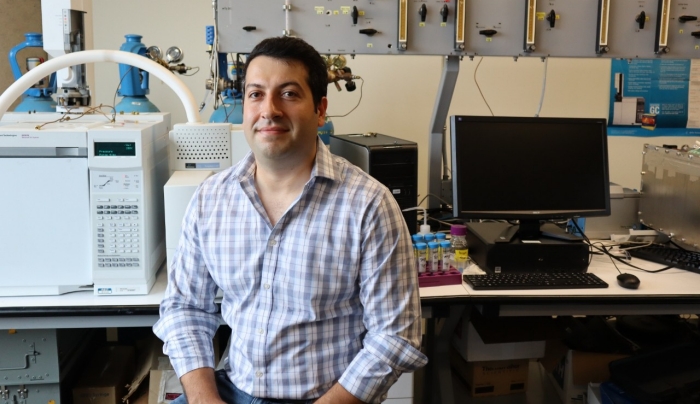Researchers have successfully used artificial intelligence (AI) techniques to optimize a photocatalytic reactor, a device that helps remove harmful volatile organic compounds (VOCs) from the air. VOCs are toxic chemicals emitted by various products and materials, which can cause long-term health problems if inhaled.
Researchers led by Fariborz Haghighat and PhD student Mojtaba Malayeri in the Department of Building, Civil and Environmental Engineering at Concordia’s Gina Cody School of Engineering and Computer Science employed artificial neural networks (ANN) and genetic algorithms (GA) in their study. ANN is a type of AI that mimics the human brain's structure and function, while GA is an optimization technique inspired by the process of natural selection.
By combining these two AI technologies, the researchers created a model that predicted VOC concentrations and by-products. It can be used to fine-tune a reactor's operational parameters to maximize the removal of harmful VOCs while minimizing the formation of potentially toxic by-products. This is crucial as the by-products generated in the process might pose even greater health risks to the inhabitants of a building than the original VOCs themselves.
VOCs are a growing concern for public health due to their prevalence in indoor environments. They can be found in everyday items such as cleaning products, paints, and building materials.
This technology could lead to cleaner air in our homes, workplaces and public spaces, reducing the risks associated with long-term exposure to VOCs.
Read “Optimization of photocatalytic oxidation reactor for air purifier design: Application of artificial neural network and genetic algorithm” in the Chemical Engineering Journal.

 PhD student Mojtaba Malayeri. Researchers led by Fariborz Haghighat used artificial intelligence techniques to optimize a photocatalytic reactor, a device that helps remove harmful volatile organic compounds from the air.
PhD student Mojtaba Malayeri. Researchers led by Fariborz Haghighat used artificial intelligence techniques to optimize a photocatalytic reactor, a device that helps remove harmful volatile organic compounds from the air.
 Fariborz Haghighat. Credit: David Ward
Fariborz Haghighat. Credit: David Ward